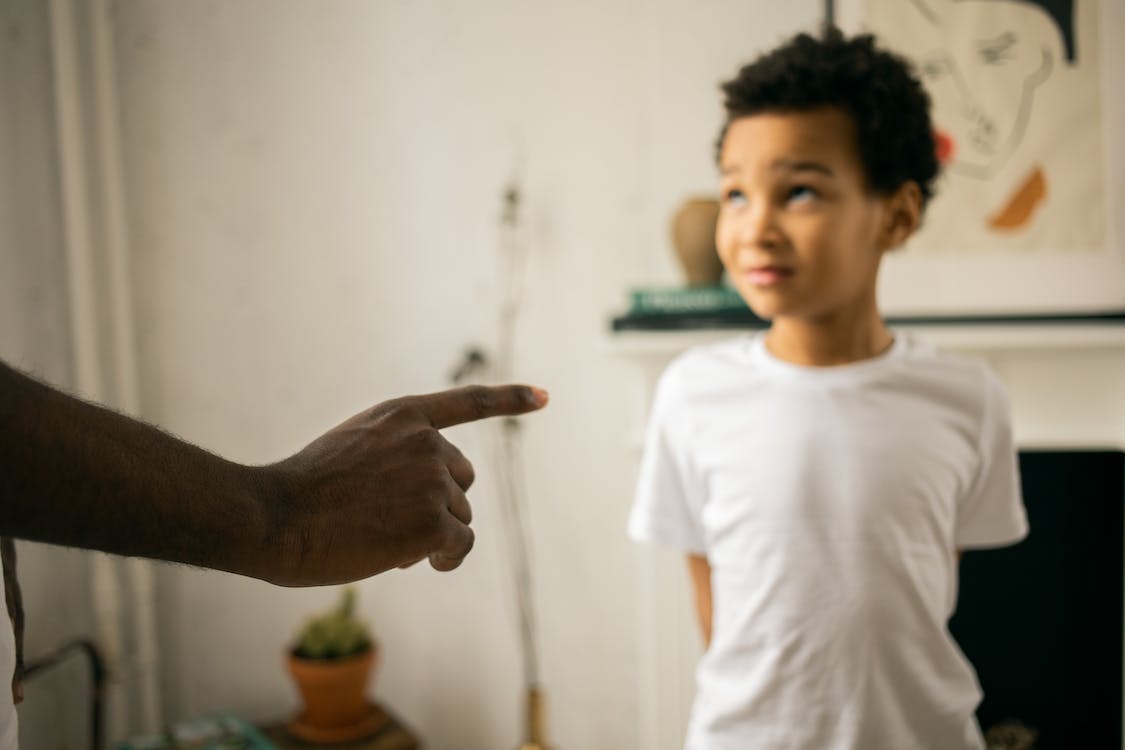
As a parent or guardian, It’s one of your jobs to teach your child to behave. It’s a job that takes time and patience.
Rather than punishment and what not to do, the positive discipline approach puts an emphasis on developing a healthy relationship with your child and setting expectations around behaviour. The good news for every parent is it works and here’s how you can start putting it into practice:
1. Plan one-on-one time
One-on-one time is important for building any good relationship and even more so with your children. “It can be 20 minutes a day. Or even 5 minutes. You can combine it with something like washing dishes together while you sing a song or chatting while you’re hanging out the washing. What’s really important is that you focus on your child. So, you turn your TV off, you turn your phone off, you get to their level and it’s you and them.

2. Praise the positives
As parents, we often focus on our children’s bad behaviour and call it out. Children may read this as a way to get your attention, perpetuating poor conduct rather than putting a stop to it.
Children thrive on praise. It makes them feel loved and special. Watch out for when they’re doing something good and praise them, even if that thing is just playing for five minutes with their sibling. This can encourage good behaviour and reduce the need for discipline.”

3. Set clear expectations
Telling your child exactly what you want them to do is much more effective than telling them what not to do. When you ask a child not to make a mess, or to be good, they don’t necessarily understand what they’re required to do.” Clear instructions like “Please pick up all of your toys and put them in the box” set a clear expectation and increase the likelihood that they’ll do what you’re asking.
“But it’s important to set realistic expectations. Asking them to stay quiet for a whole day may not be as manageable as asking for 10 minutes of quiet time while you have a phone call. You know what your child is capable of. But if you ask for the impossible, they are going to fail.”
Also, read https://wondiva.com/what-does-family-mean-part-1/
4. Distract creatively
When your child is difficult, distracting them with a more positive activity can be a helpful strategy. When you distract them towards something else – by changing the topic, introducing a game, leading them into another room, or going for a walk, you can successfully divert their energy towards positive behaviour.”
Timing is also crucial. Distraction is also about spotting when things are about to go wrong and taking action. Being mindful of when your child is starting to become fidgety, irritable or annoyed, or when two siblings are eyeing the same toy, can help diffuse a potential situation before it becomes one.
5. Show and tell
each child right from wrong with calm words and actions. Model behaviours you would like to see in your children.
6. Set limits
Have clear and consistent rules your children can follow. Be sure to explain these rules in age-appropriate terms they can understand.
7. Give consequences
Calmly and firmly explain the consequences if they don’t behave. For example, tell her that if she does not pick up her toys, you will put them away for the rest of the day. Be prepared to follow through right away. Don’t give in by giving them back after a few minutes. But remember, never take away something your child truly needs, such as a meal.
8. Hear them out
Listening is important. Let your child finish the story before helping solve the problem. Watch for times when misbehaviour has a pattern, like if your child is feeling jealous. Talk with your child about this rather than just giving consequences.
9. Catch them being good
Children need to know when they do something bad–and when they do something good. Notice good behaviour and point it out, praising success and good tries. Be specific (for example, “Wow, you did a good job putting that toy away!”).
10. Know when not to respond
As long as your child isn’t doing something dangerous and gets plenty of attention for good behaviour, ignoring bad behaviour can be an effective way of stopping it. Ignoring bad behaviour can also teach children the natural consequences of their actions. For example, if your child keeps dropping her cookies on purpose, she will soon have no more cookies left to eat. If she throws and breaks her toy, she will not be able to play with it. It will not be long before she learns not to drop her cookies and to play carefully with her toys.
Written Ibukun Ilufoye
We help YOU discover your IDENTITY, and LEADERSHIP and execute PURPOSE by #WALKingTHEWORD with Rest & Clarity.
Click the icons below to follow us on our social media pages
Send us a WhatsApp Message here to get started;
234 0808 777 6755
Direct Link
⏬
https://bit.ly/SAGENEL

